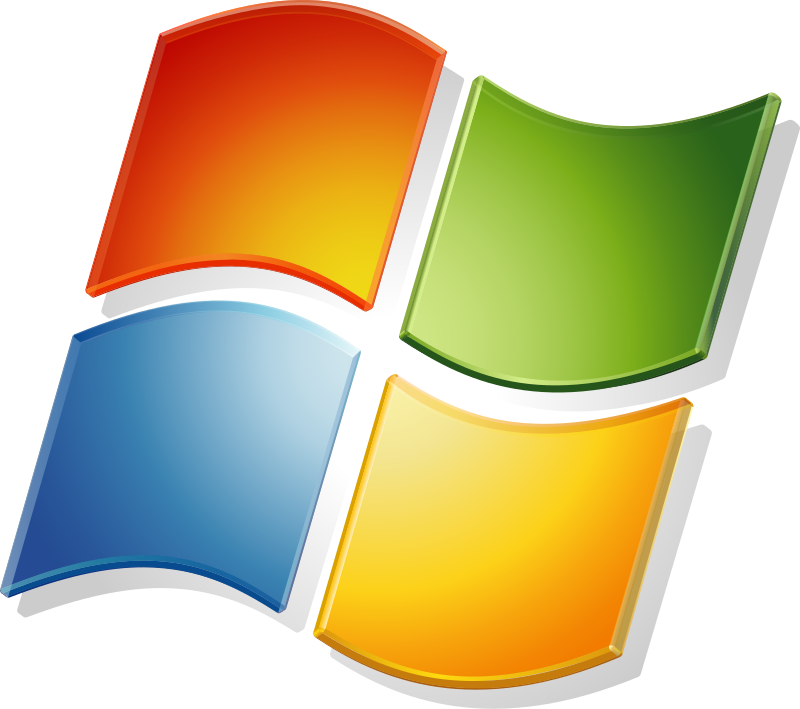




Windows Vista - Logo
Windows Vista is an operating system produced by Microsoft as a member of the Windows NT family of operating systems for use on personal computers. Development was completed on November 8, 2006, and over the following three months, it was released in stages to computer hardware and software manufacturers, business customers and retail channels. On January 30, 2007, it was released worldwide and was made available for purchase and download from the Windows Marketplace; it is the first release of Windows to be made available through a digital distribution platform. The release of Windows Vista came more than five years after the introduction of its predecessor, Windows XP, the longest time span between successive releases of Microsoft Windows desktop operating systems.
New features of Windows Vista include an updated graphical user interface and visual style dubbed Aero, a new search component called Windows Search, redesigned networking, audio, print and display sub-systems, and new multimedia tools such as Windows DVD Maker. Vista aimed to increase the level of communication between machines on a home network, using peer-to-peer technology to simplify sharing files and media between computers and devices. Windows Vista included version 3.0 of the .NET Framework, allowing software developers to write applications without traditional Windows APIs.
Microsoft's primary stated objective with Windows Vista was to improve the state of security in the Windows operating system. One common criticism of Windows XP and its predecessors was their commonly exploited security vulnerabilities and overall susceptibility to malware, viruses and buffer overflows. In light of this, Microsoft chairman Bill Gates announced in early 2002 a company-wide "Trustworthy Computing initiative", which aimed to incorporate security into every aspect of software development at the company. Microsoft stated that it prioritized improving the security of Windows XP and Windows Server 2003 above finishing Windows Vista, thus delaying its completion.
While these new features and security improvements garnered positive reviews, Vista was also the target of much criticism and negative press. Criticism of Windows Vista targeted its high system requirements, its more restrictive licensing terms, the inclusion of a number of then-new DRM technologies aimed at restricting the copying of protected digital media, lack of compatibility with some pre-Vista hardware and software, longer boot time, and the number of authorization prompts for User Account Control. As a result of these and other issues, Windows Vista saw initial adoption and satisfaction rates lower than Windows XP. However, Vista usage had surpassed Microsoft's pre-launch two-year-out expectations of achieving 200 million users, with an estimated 330 million Internet users in January 2009.
At the release of its successor, Windows 7 (October 2009), Windows Vista (with approximately 400 million Internet users) was the second most widely used operating system on the Internet with an approximately 19% market share, the most widely used being Windows XP with an approximately 63% market share. In May 2010, Windows Vista's market share had an estimated range from 15% to 26%. On October 22, 2010, Microsoft ceased sales of retail copies of Windows Vista, and the OEM sales for Vista ceased a year later.
Mainstream support for Vista ended on April 10, 2012, and extended support ended on April 11, 2017. As of October 2020, Vista's market share has declined to 0.39% of Windows' total market share (0.24% of all traditional PCs).

Screenshot of Windows Vista Ultimate, showing its desktop, taskbar, Start menu, Windows Sidebar, Welcome Center and glass effects of Windows Aero
